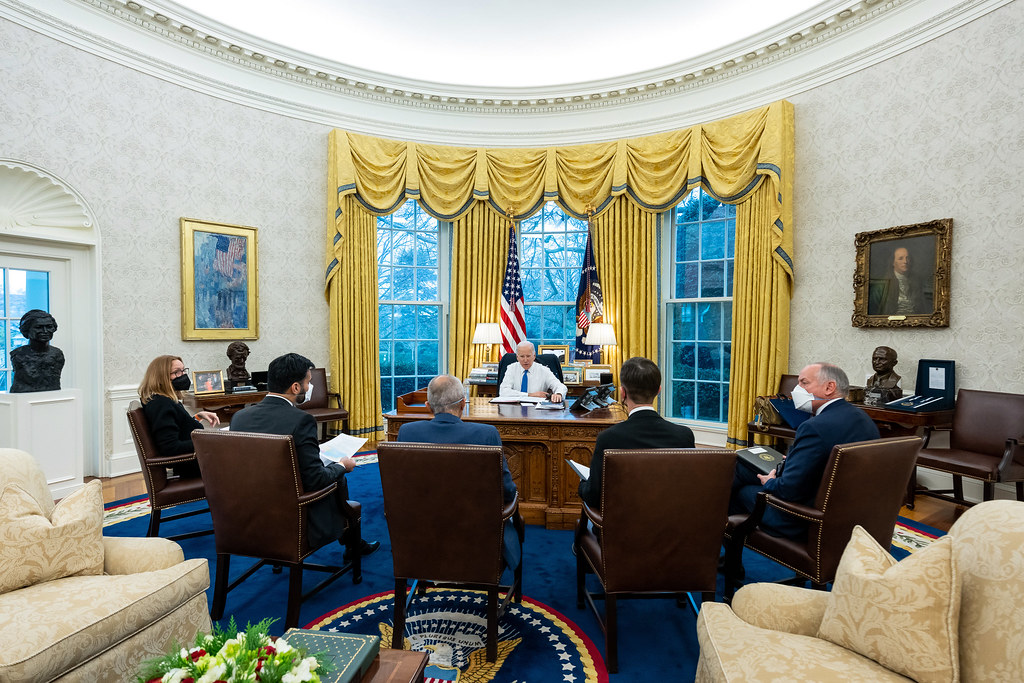To avoid the worst impacts of climate change, we need a transformational build-out of clean energy infrastructure across our nation. At the same time, we need to rapidly transition away from dirty fossil fuels and stop giving precious public resources away to one of the most rapacious and damaging industries on earth—Big Oil.
For the Biden administration, which is committed to the “whole-of-government” approach to tackling the climate crisis, this lays out a clear policy north star. When the federal government reviews major potential energy infrastructure projects, they should only approve projects that guide us toward a climate-safe future. And they should reject those that are incompatible with the greenhouse gas pollution reductions needed to avert the worst impacts of the climate crisis.
But as we’ve seen with the recent Willow Project and Alaska LNG Project approvals, federal agencies continue to approve new mega-polluting fossil fuel infrastructure, despite warnings from scientists that we cannot afford to build new fossil fuel infrastructure if we want to stand a chance of limiting warming to 1.5 Celsius (or 2.7 degrees Fahrenheit).
Here’s the good news: the Biden Administration can give federal agencies a tool that would help them choose climate-smart projects over fossil fuel infrastructure. It’s called the climate test.
Let’s break it down: what’s a “climate test”?
A climate test is a regulatory tool that would allow federal agencies to assess, disclose, and contextualize greenhouse gas pollution when evaluating major proposed energy infrastructure projects, including fossil fuel infrastructure. It would do this by asking whether the lifecycle greenhouse gas pollution from the project is consistent with the constraints of a 1.5 degree Celsius climate future. Crucially, the test would be objective, quantitative, consistent, and science-based. Moreover, it puts that information in the hands of decision-makers, who will then have greater justification to block future polluting infrastructure that doesn’t pass this evaluation.
Think of the climate test as an additional opportunity for assessment—just like you would do before diving into a new relationship. Say, you’re looking at someone’s dating profile, it’s probably a good idea to identify glaring incompatibilities before going on that first date. Similarly, why wouldn’t the government take the time to look for similar red flags before swiping right on the next major energy infrastructure project? At its core, that’s what this climate test would do: it would generate a clear red or green flag for federal agencies to determine a proposed project’s compatibility with a climate-safe future (i.e., one that keeps global temperature rise below a 1.5 degrees Celsius increase). If new fossil fuel projects can’t pass the climate test, then federal agencies shouldn’t be approving them. It’s as simple as that.





